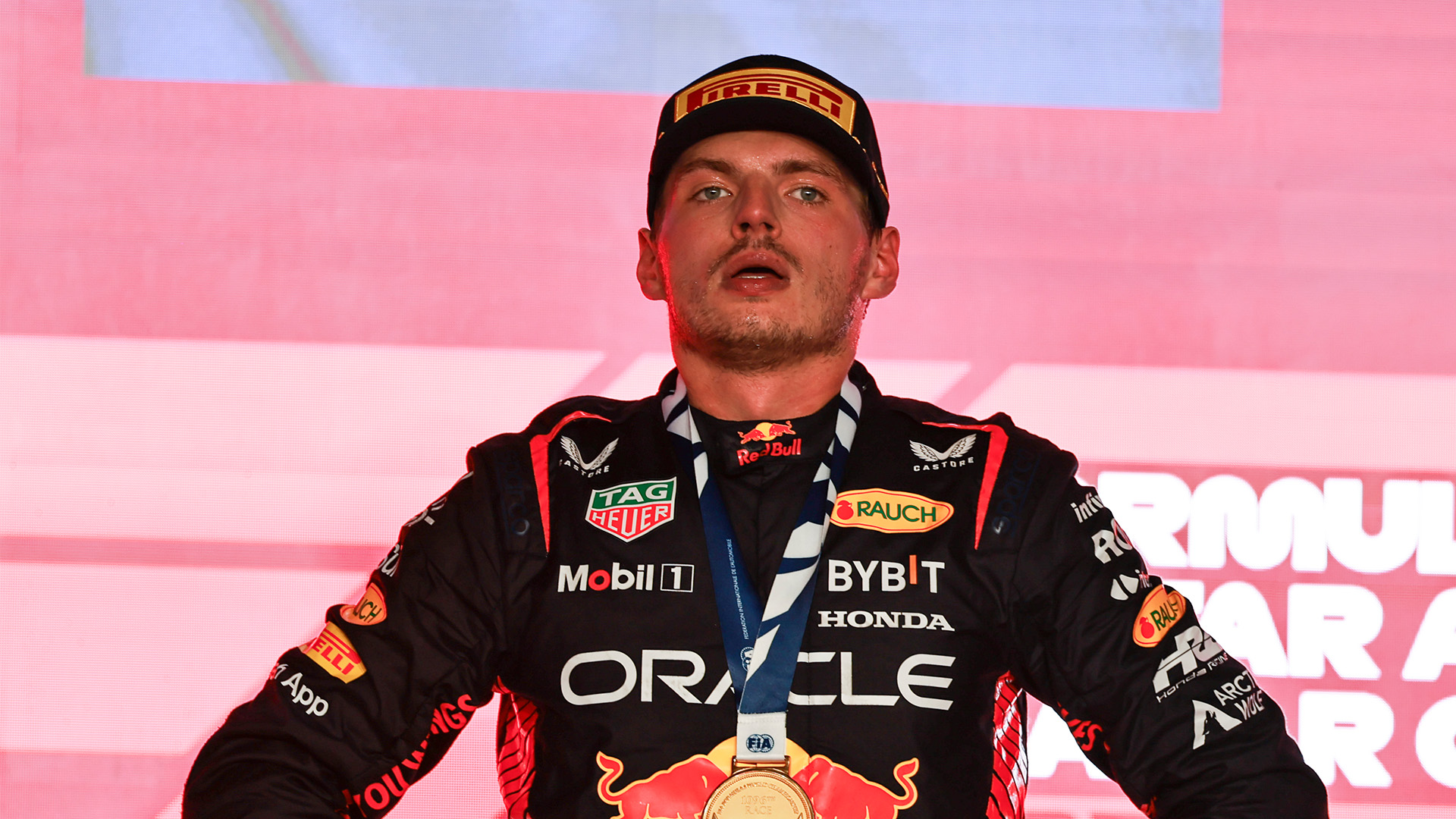

An unseen battle raged while drivers hammered around the Lusail International Circuit during the 2023 Qatar Grand Prix. It was a perfect storm: Pirelli and the FIA strictly enforced a 19-lap tire life which threw tire conservation out of the window; Lusail is one the most physical, high-speed courses on the Formula 1 calendar; and air temperatures remained above 95 degrees Fahrenheit with over 70% humidity all night.
By lap 15, Esteban Ocon vomited in his helmet. George Russell felt “close to fainting” near the end of the race, per ESPN. Lance Stroll “passed out in the car” several times during the race and could barely get out of his Aston Martin. Alex Albon was no better and needed help from his Williams team to walk away from his car. Logan Sargeant was the only driver to wisely raise his white flag and retire early from the race, though he was out of the points. He was later diagnosed with acute heat exposure and dehydration, as were Stroll and Albon.

Race winner Max Verstappen said in his post-race interview that the conditions were “on the limit of what should be allowed.” Russell said it was an “absolutely brutal race.” Valtteri Bottas called the 57-lap event “torture.” Ocon said that his cockpit was nearly 180 degrees during the race. Several drivers reported being close to fainting and struggling with vision, which are early signs of dehydration and heat exposure. Every driver was at or near their physical limit, and not for lack of training. The conditions were untenable, even for world-class athletes.
And there is one chorus coming from the drivers about the issue: The FIA is lucky it wasn’t worse. In a statement issued Monday, the governing body vowed to take action to prevent anything like this year’s race from happening again.
“The FIA notes with concern that the extreme temperature and humidity during the 2023 FIA Formula 1 Qatar Grand Prix had an impact on the well-being of the drivers. While being elite athletes, they should not be expected to compete under conditions that could jeopardize their health or safety. The safe operation of the cars is, at all times, the responsibility of the competitors, however as with other matters relating to safety such as circuit infrastructure and car safety requirements, the FIA will take all reasonable measures to establish and communicate acceptable parameters in which competitions are held.”

The bottom line is this: Drivers shouldn’t have to make the decision on whether to race or not in extreme conditions. Even though Ocon vomited, he said you would “need to kill me to retire.” Elite competitors though they are, the Qatar GP pushed the limits of the human body, and not in ways that can be trained for.
Next year’s Qatar GP will be held during a later, cooler time of year, hopefully mitigating some of the extreme heat. But there is no doubt that the FIA and F1 were fortunate that no serious harm came to any driver. The 2023 Qatar GP was an exceptional circumstance, but it’s one that should have never happened.
Got a tip? Email tips@thedrive.com